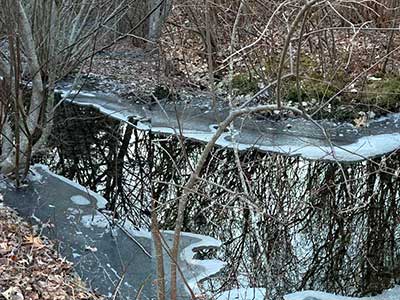
by Rachel Carey-Harper | Mar 18, 2021 | Introduction to Harm
While natives had been forced into slavery and servitude as early as 1636, it was not until King Philip’s War that natives were enslaved in large numbers, Fisher wrote in the study. The 1675 to 1676 war pitted Native American leader King Philip, also known as Metacom, and his allies against the English colonial settlers.

by Rachel Carey-Harper | Mar 1, 2021 | Introduction to Harm
A second example of genocide is found in various proclamations such as one concerning the Penobscot:”Whereas the Tribe of Penobscot Indians have repeatedly acted contrary to their Solemn Submission unto his Majesty. I issue the Proclamation … “Included in the proclamation is “For every Scalp of such Female Indian or Male Indian under the Age of twelve years that Shall be killed and brought in as Evidence of their being killed as aforesaid, Twenty pounds”

by Rachel Carey-Harper | Mar 1, 2021 | Introduction to Harm
A fourth example of the genocide that occurred from the first contact is visible down the street where I live. There is a a plaque that says “In 1614, English Captain Thomas Hunt captured over 20 Nausett and Patuxet, who, along with the Nobscussett were part of the Wampanoag confederation. They were brought to Spain where Captain Hunt sold as many as he could into slavery. In 1618 to 1619, a plague killed most of the Nobscussett.”

by Rachel Carey-Harper | Mar 1, 2021 | Introduction to Harm
A primary example of genocide along with many others, included the Sand Creek Massacre of 1864 in Colorado, the 1863 massacre on the banks of the Bear River in Preston, ID, and the infamous Wounded Knee Massacre of December 28, 1890 in S. Dakota. The Pequot War in Connecticut was one of the bloodiest. As the killings of Pequot people became more and more frenzied, colonists celebrated thanksgiving feasts after each successful massacre.

by Rachel Carey-Harper | Mar 1, 2021 | Introduction to Harm
A third example of genocide is what President Andrew Jackson called “Indian removal.” In 1830, as President, he signed the Indian Removal Act, which gave the federal government the power to exchange Native-held land east of the Mississippi for land in the west, in the “Indian colonization zone.”
Read the recollections from James Scott, the last survivor of the Trail of Tears.


















Recent Comments